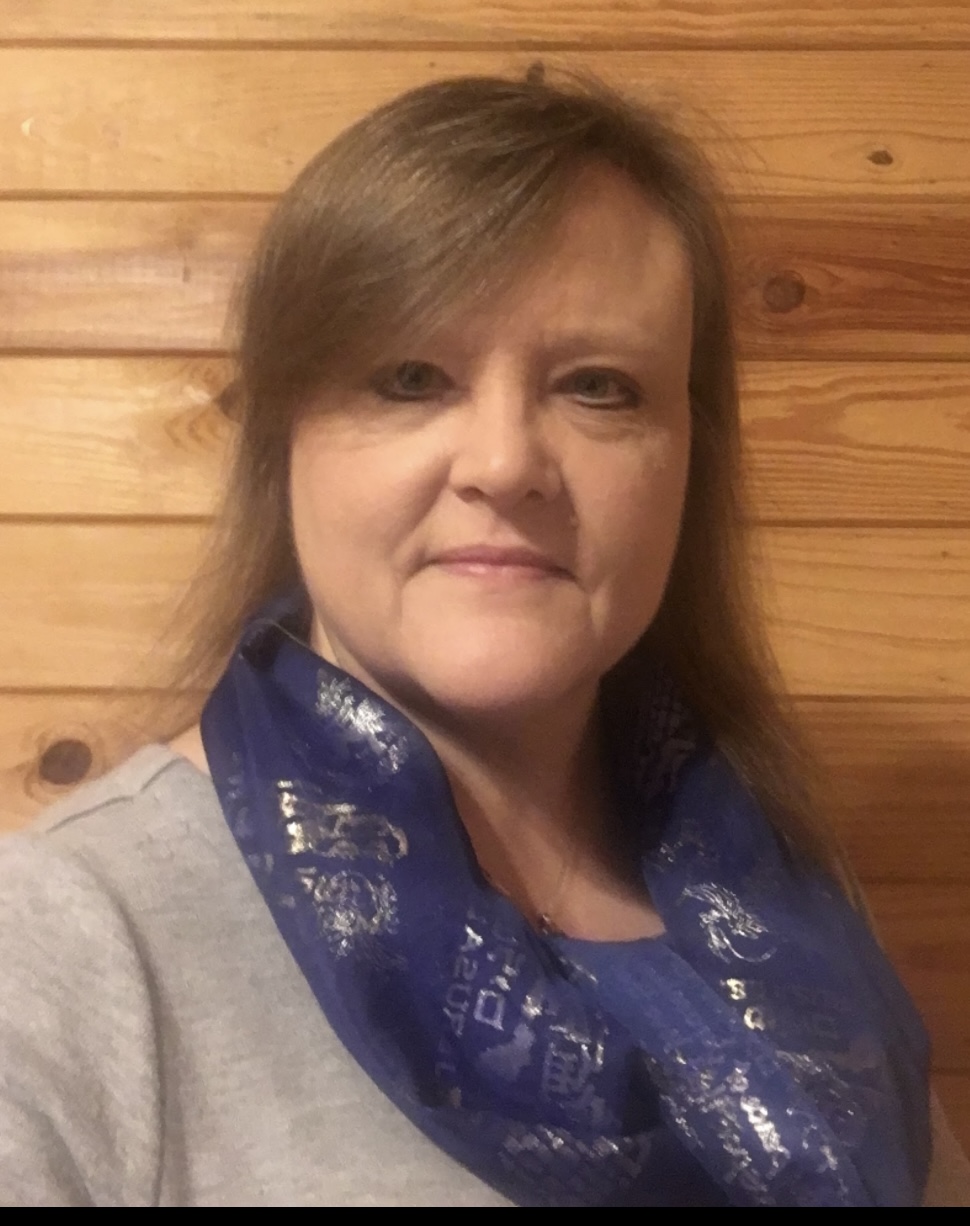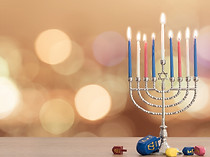Who Was Melchizedek?
- Leisa Baysinger

- Nov 3
- 4 min read

Melchizedek (מַלְכִּי־צֶדֶק - Malki-Tzedek) is not a personal name but a title which means “King of Righteousness” or “My King of Righteousness.” It signifies a sacred priestly office—one that predates the Aaronic priesthood and reaches back to the dawn of creation. This priesthood, often called the Firstborn Priesthood, was rooted not in the tribal lineage of Levi but in divine appointment, righteousness, and spiritual inheritance.
Before the giving of the Torah, before the tabernacle, and before the sons of Aaron were consecrated, there existed a priesthood entrusted to the firstborn of each generation. Adam, as the first man and image-bearer of God, was the original priest-king of creation. This sacred role passed through the righteous line—Seth, Enoch, Noah, and then Shem, the son of Noah who survived the flood and became a spiritual patriarch to the nations.
According to Jewish tradition, Shem was the Melchizedek who met Abraham after the battle of the kings (Genesis 14:18–20). He is described as the “king of Salem”—an ancient name for Jerusalem, derived from shalom, meaning peace, wholeness, and divine order. Rabbinic sources affirm that Shem established a yeshiva on Mount Moriah, where he taught the ways of righteousness and preserved the knowledge of the Most High.
Genesis 14:18–20 records:
“Then Melchizedek king of Salem brought out bread and wine. He was priest of God Most High, and he blessed Abram…”
This moment is rich with prophetic meaning. In Hebraic thought, the greater blesses the lesser (Hebrews 7:7). By blessing Abraham, Melchizedek (Shem) was transferring the priestly authority—passing the torch of the Firstborn Priesthood to Abraham, who would become the father of many nations. This priesthood would continue through Isaac, Jacob, and ultimately find its fulfillment in Messiah Yeshua.
King David, writing under divine inspiration, declared:
“The LORD has sworn and will not change His mind: ‘You are a priest forever according to the order of Melchizedek.’” — Psalm 110:4
This verse reveals that the Melchizedek priesthood is eternal, unchanging, and superior to the Levitical order of priesthood. It is not based on genealogy but on divine righteousness and heavenly appointment.
The book of Hebrews builds upon this foundation, affirming that Yeshua did not come from the tribe of Levi, but from Judah, and yet He is our eternal High Priest:
“For it is evident that our Lord arose from Judah, of which tribe Moses spoke nothing concerning priesthood.” — Hebrews 7:14
“Thou art a priest forever after the order of Melchizedek.” — Hebrews 5:6; 6:20; 7:17
Hebrews 7:3 describes Melchizedek as:
“Without father, without mother, without genealogy, having neither beginning of days nor end of life, but made like the Son of God, he remains a priest continually.”
This verse does not mean Melchizedek was divine or without parents—it means his priesthood was not based on human lineage. It was timeless, transcendent, eternal, and appointed by God, just as is Yeshua’s priesthood. The phrase “without genealogy” emphasizes that this priesthood is not inherited by bloodline, but by divine calling. By looking at Deuteronomy 33 :9 we can see that even the priests from Aaron were to initiate righteous judgment that was not to be influenced by showing partiality to one's own parents, siblings, or children; hence we can better understand the "without father, without mother" used by the writer of Hebrews to describe the Melchizedek priesthood.
Deuteronomy 33:9 Of his father and mother he said, 'I don't know them'; he didn't acknowledge his brothers or children. For he observed your word, and he kept your covenant.
Through Yeshua, the Firstborn Priesthood is no longer limited to a single tribe or gender. Hebrews 12:22–23 declares:
“But you have come to Mount Zion… to the general assembly and congregation of the firstborn who are registered in heaven…”
And Revelation affirms:
“To Him who loves us… and has made us a kingdom of priests to His God and Father…” — Revelation 1:5–6
In Israel’s history, kings came from the tribe of Judah, while priests came from Levi. There was never one man who held both offices by right—the roles were intentionally separated. Yet Yeshua, as the fulfillment of both offices, is King of Kings and our eternal High Priest.
This prophetic union is foreshadowed in Zechariah 6:11–13, where the high priest Joshua (same name as Yeshua) is crowned:
“Take the silver and gold and make a crown, and set it on the head of Joshua the son of Jehozadak, the high priest… He shall be a priest on His throne, and the counsel of peace shall be between them both.”
This act was not normative—priests did not wear crowns. But it was a prophetic sign pointing to the One who would unite both offices in righteousness and peace. Yeshua is the fulfillment of this vision: the crowned Priest-King who reigns in justice and intercedes in mercy.
We are now part of a kingdom of priests, walking in the ancient order of Melchizedek—called to righteousness, peace, and divine authority. This priesthood is not inherited by flesh, but by faith. It is the priesthood of the redeemed, the assembly of the firstborn, and the eternal calling of those who follow the King of Righteousness, Yeshua the Messiah.
Leisa
Sources:
Shem as Melchizedek
• Targum Yonatan on Genesis 14:18 explicitly identifies Melchizedek as Shem, son of Noah. This Aramaic translation of the Torah was widely accepted in rabbinic tradition and often embeds interpretive commentary.
• Midrash Genesis Rabbah 43:6 also supports this identification, stating that Melchizedek was Shem, who served as a priest of God Most High.
• Rashi on Genesis 14:18 echoes this view, explaining that Melchizedek is Shem who served as a priest and offered sacrifices to God.
These sources affirm that Shem, as Melchizedek, blessed Abraham and received tithes, representing the continuity of divine priesthood from Noah’s lineage.
Shem’s Yeshiva on Mount Moriah
• Midrash Tanchuma (Lech Lecha 13) and Pirkei de-Rabbi Eliezer (Chapter 7) describe Shem and Eber establishing a Beit Midrash (house of study) where Torah was taught. While not all texts specify the exact location, later commentators associate this yeshiva with Mount Moriah, the site of the Akedah and future Temple.
• Rabbi Chaim Vital, in the name of the Arizal, affirms that Shem taught Torah on Mount Moriah, and that Jacob later studied there before fleeing to Laban.







Comments